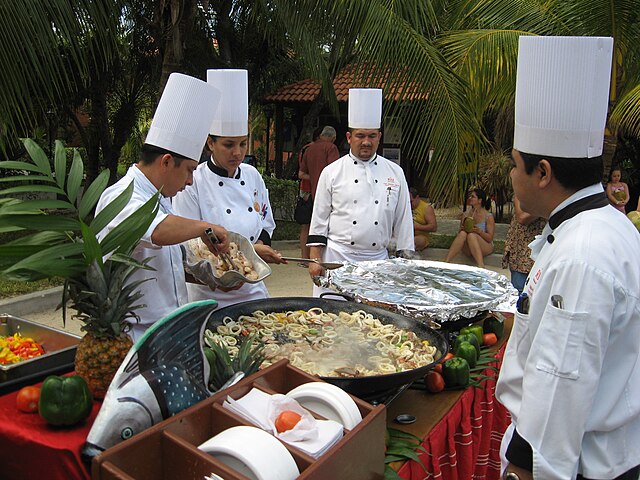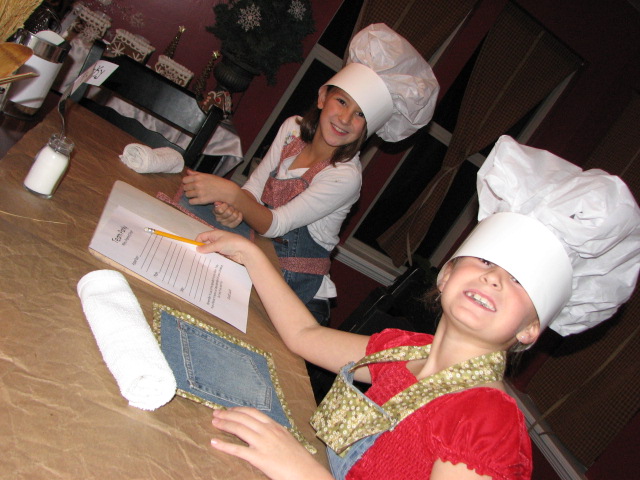
Roasting vegetables is one of the easiest, most flavorful ways to prepare them. With just a few simple techniques, you can turn basic veggies into a crispy, caramelized masterpiece that’s perfect as a side dish or even a main event. But to get those perfectly roasted vegetables every time—crispy on the outside, tender on the inside—there’s a bit of science and a few tricks involved. Here’s everything you need to know to make your roasted vegetables taste amazing every time.
Why Roasting Brings Out the Best in Vegetables
When vegetables are roasted, they undergo the Maillard reaction, a process where the natural sugars in the vegetables caramelize at high temperatures. This results in that golden-brown color and deep, savory flavor we all love. Roasting also reduces the water content in vegetables, concentrating their flavors and giving them a deliciously crispy texture.
Whether you’re roasting root vegetables like carrots and potatoes, cruciferous veggies like Brussels sprouts and broccoli, or even more delicate vegetables like zucchini and bell peppers, roasting transforms them into something irresistible.
Step-by-Step Guide to Perfectly Roasted Vegetables
1. Choose the Right Vegetables
While most vegetables can be roasted, some work better than others due to their texture and water content. Here are some vegetables that are perfect for roasting:
- Root Vegetables: Carrots, sweet potatoes, parsnips, beets, and potatoes.
- Cruciferous Vegetables: Brussels sprouts, cauliflower, broccoli.
- Squashes: Butternut squash, acorn squash, zucchini.
- Other Favorites: Bell peppers, onions, cherry tomatoes, mushrooms, and asparagus.
You can mix different vegetables, but it’s important to consider their cooking times. Denser vegetables like carrots and potatoes will take longer to cook than softer vegetables like zucchini or bell peppers.
2. Cut Vegetables Evenly
For even roasting, the vegetables should be cut into similar-sized pieces. If you’re roasting a combination of vegetables, try to cut the denser ones into smaller pieces and the softer vegetables into slightly larger chunks. This way, everything cooks at roughly the same rate.
For example:
- Carrots and sweet potatoes: ½ to 1-inch cubes.
- Zucchini and bell peppers: 1-2 inch chunks.
- Brussels sprouts: Halve or quarter them depending on their size.
3. Dry the Vegetables Thoroughly
One of the most important steps in achieving crispy roasted vegetables is ensuring they are completely dry before roasting. After washing, make sure to pat them down with a kitchen towel or paper towel. Excess moisture will cause the vegetables to steam rather than roast, preventing that nice crisp exterior.
4. Use High-Quality Oil
For perfectly roasted vegetables, you need oil to help with browning and to enhance flavor. A neutral-tasting oil with a high smoke point like avocado oil, grapeseed oil, or a light olive oil works best for roasting at high temperatures. Extra virgin olive oil can also be used for a richer flavor but be mindful that it has a slightly lower smoke point, so keep an eye on the cooking time.
How much oil? About 1-2 tablespoons per pound of vegetables is usually a good amount. You want to coat the vegetables lightly without drowning them in oil. Toss them well to ensure every piece is evenly coated.
5. Season Generously
Before roasting, toss your veggies with salt and pepper. Don’t be afraid to get creative with spices and herbs. Here are some seasoning combinations to try:
- Classic: Garlic powder, rosemary, and thyme.
- Spicy: Smoked paprika, cumin, chili flakes.
- Mediterranean: Oregano, lemon zest, parsley.
Salt is key to drawing out moisture and enhancing the natural flavors of the vegetables, so be generous but mindful of your dietary needs.
6. Preheat Your Oven
For crispy vegetables, a high roasting temperature is crucial. Preheat your oven to 400°F to 450°F (200°C to 230°C). A temperature of 425°F (220°C) is often the sweet spot for most vegetables. Too low, and the vegetables will steam and become soggy; too high, and they can burn before they cook through.
7. Use a Large Baking Sheet
Crowding the vegetables on the baking sheet is a common mistake that prevents them from roasting properly. When vegetables are too close together, they steam instead of roast, leading to a mushy texture.
Use a large baking sheet and spread the vegetables out in a single layer. Make sure there’s space between the pieces. If you don’t have enough room on one baking sheet, divide the vegetables between two sheets and rotate them halfway through cooking.

8. Flip Halfway Through Roasting
For even browning, flip the vegetables halfway through cooking. Use a spatula to gently turn the vegetables over so that both sides get a chance to brown. This step helps ensure that each piece gets that crispy, golden crust.
9. Check for Doneness
Cooking time will vary depending on the vegetable, the size of the pieces, and your oven. On average, most vegetables will take between 20-40 minutes to roast.
Here’s a general guide:
- Potatoes and carrots: 30-40 minutes.
- Broccoli and Brussels sprouts: 20-25 minutes.
- Bell peppers and zucchini: 15-20 minutes.
The vegetables are done when they’re crispy and golden on the outside and tender inside. Use a fork or knife to check the tenderness. Many recipes from a UK cookbook for vegetarian also recommend tasting the vegetables as they roast to adjust seasonings or cooking times for different varieties.
10. Add Finishing Touches
Once your vegetables are out of the oven, don’t forget to add a little something extra to elevate the flavors. Here are a few ideas:
- Fresh herbs like parsley, cilantro, or basil.
- A squeeze of lemon juice or a dash of balsamic vinegar to brighten the flavors.
- A sprinkle of Parmesan cheese for a savory kick.
- A drizzle of honey or maple syrup for a sweet contrast.
Common Mistakes to Avoid
- Overcrowding the Pan: As mentioned earlier, crowding leads to steaming instead of roasting. Use a large pan or multiple pans if needed.
- Not Flipping: Not flipping the vegetables halfway through can result in uneven cooking, with one side burned and the other side undercooked.
- Using Too Little Oil: Vegetables need enough oil to caramelize and develop that crispy texture. Don’t skimp on it.
- Roasting at Low Temperatures: A high temperature is crucial for crispy, caramelized vegetables. Keep your oven between 400°F to 450°F (200°C to 230°C).
Conclusion
Mastering the art of roasting vegetables is all about technique—choosing the right vegetables, cutting them evenly, drying them well, and roasting at a high temperature with the right amount of oil and seasoning. Follow these steps, and you’ll enjoy perfectly roasted vegetables every time. Not only are they a healthy and versatile dish, but they’re also incredibly flavorful, with minimal effort required. Whether you’re preparing a simple weeknight meal or a holiday feast, perfectly roasted vegetables are sure to impress!
